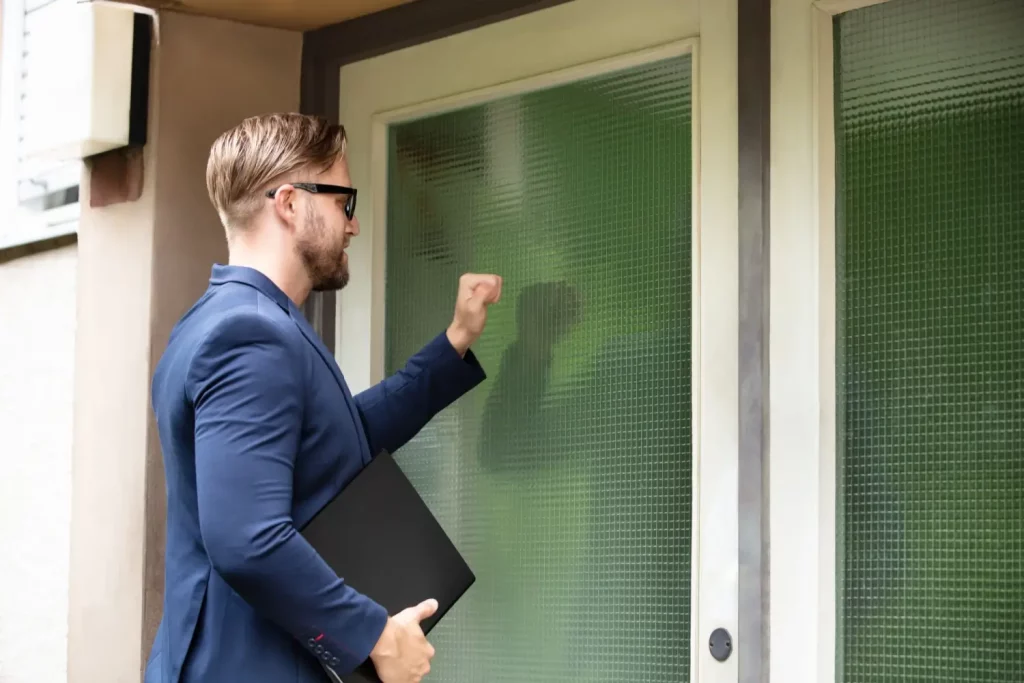Debt can often feel overwhelming, trapping us in a cycle of financial stress. However, with careful planning, discipline, and the right strategies, it is possible to become debt-free and regain control of your financial future.
If you need support with taking control of your debt, don’t go through it alone. Our debt relief services are backed by over 50 years of experience, so contact us today to get started.
Looking for some helpful hints and tips? In this blog we will cover the best ways to get yourself debt-free. This includes the following:
- Working out what you owe
- Speaking to your creditors
- Writing and sticking to a budget
- Prioritising your expenses
- Increasing your income and debt repayments
- Paying your bills on time
- Cutting the cost of your debts
- Reducing your borrowing
Key Points
- Working out what you owe
- Speak to your creditors
- Write and stick to a budget
- Increase your income and debt repayments
- Pay your bills on time
- Cut the cost of your debts
- Don’t borrow more
- Remember, we’re here to help
Working out what you owe
The first step towards becoming debt-free is understanding your current financial situation. Compile a comprehensive list of all your debts, including credit cards, loans, and bills. Take note of the outstanding balances, interest rates, and minimum monthly payments. This will provide you with a clear overview of the full situation.
Speak to your creditors
Once you have a complete overview of your debts, reach out to your creditors to discuss your situation. Be honest and explain your intention to become debt-free. In some cases, they may be willing to negotiate lower interest rates, extended payment terms, or offer alternative repayment options.
Write and stick to a budget
Creating a realistic budget is essential for managing your finances and reducing debt. Track your income and expenses, categorising them into fixed costs (such as rent and utilities) and variable costs (like groceries and entertainment).
Once you know how much money you have left over after your fixed costs, allocate a portion of your income to debt repayments and treat this as another fixed cost. These expenses should be prioritised and treated as non-negotiable.
The envelope system
With the envelope system, you allocate specific amounts of cash to different spending categories (e.g., groceries, entertainment, clothing) and place each amount in a labelled envelope.
With this you will be able to see the actual money leaving your hand, encouraging more conscious spending habits and helping you to cut down on unnecessary purchases.
Read our guide – What happens to debt when someone dies in Canada?
Increase your income and debt repayments
Sometimes, after you’ve paid your bills and your debts, you aren’t left with much money. To solve this problem, you’ll need to increase your income. Don’t worry though, this can be simple – try looking for part-time jobs, or taking up dog walking on your days off. Explore your skills and hobbies to find opportunities for freelancing, consulting, or selling handmade goods online.
Cutting your other costs is another way to get a bit more money in your pocket. Consider shopping smart, using coupons, batch-cooking meals or (if it’s a viable option) selling your car to get rid of large monthly payments.
Hopefully, once you’ve followed these steps and have increased your income, you will be able to raise your monthly debt repayments. Paying off as much as you can each month will speed up the process and save you money in interest at the same time.
Pay your bills on time
Paying your bills on time is perhaps one of the most important things to remember. If you don’t, you could be hit with penalty charges that add to your overall debt.
Cut the cost of your debts
Explore options to reduce the cost of your debts. For credit cards, consider transferring your balances to a card with a 0% introductory interest rate. However, be cautious, as this is a temporary solution and may incur balance transfer fees.
For loans, research alternatives with lower interest rates or consolidate your debts into a more manageable payment plan. There is also the possibility of remortgaging your home if it can provide a lower interest rate and save you money.
Don’t borrow more
When you’ve got creditors pushing you every week for repayments, it can be tempting to borrow more and pay them off that way. In reality, this is no solution as it only transfers the problem over to a new creditor that you still owe the money to.
Remember, we’re here to help
While becoming debt-free can feel daunting, it can also be empowering. It requires commitment, discipline, and perseverance. By implementing these strategies, you can take control of your finances and work towards a debt-free future.
Remember, seeking professional help is not a sign of weakness, but rather a wise choice. If you’re feeling lost, our team of Licensed Insolvency Trustees are here to support you. We’ve been helping Canadians become debt-free for over 50 years and can help you too.
No matter what type of debt you have, our range of debt relief services can be tailored to your specific situation. Ready to take back financial control? Get in touch today.











